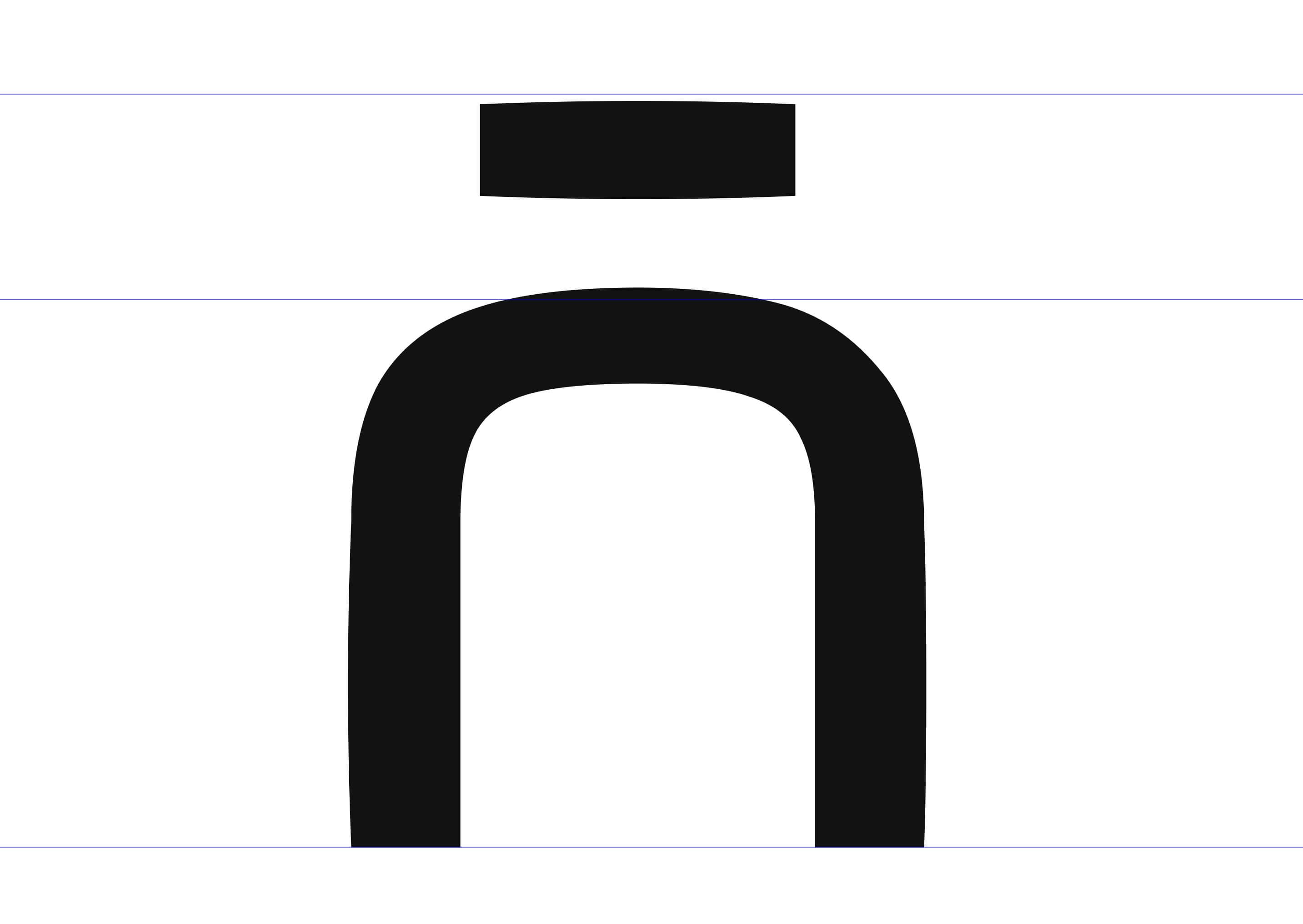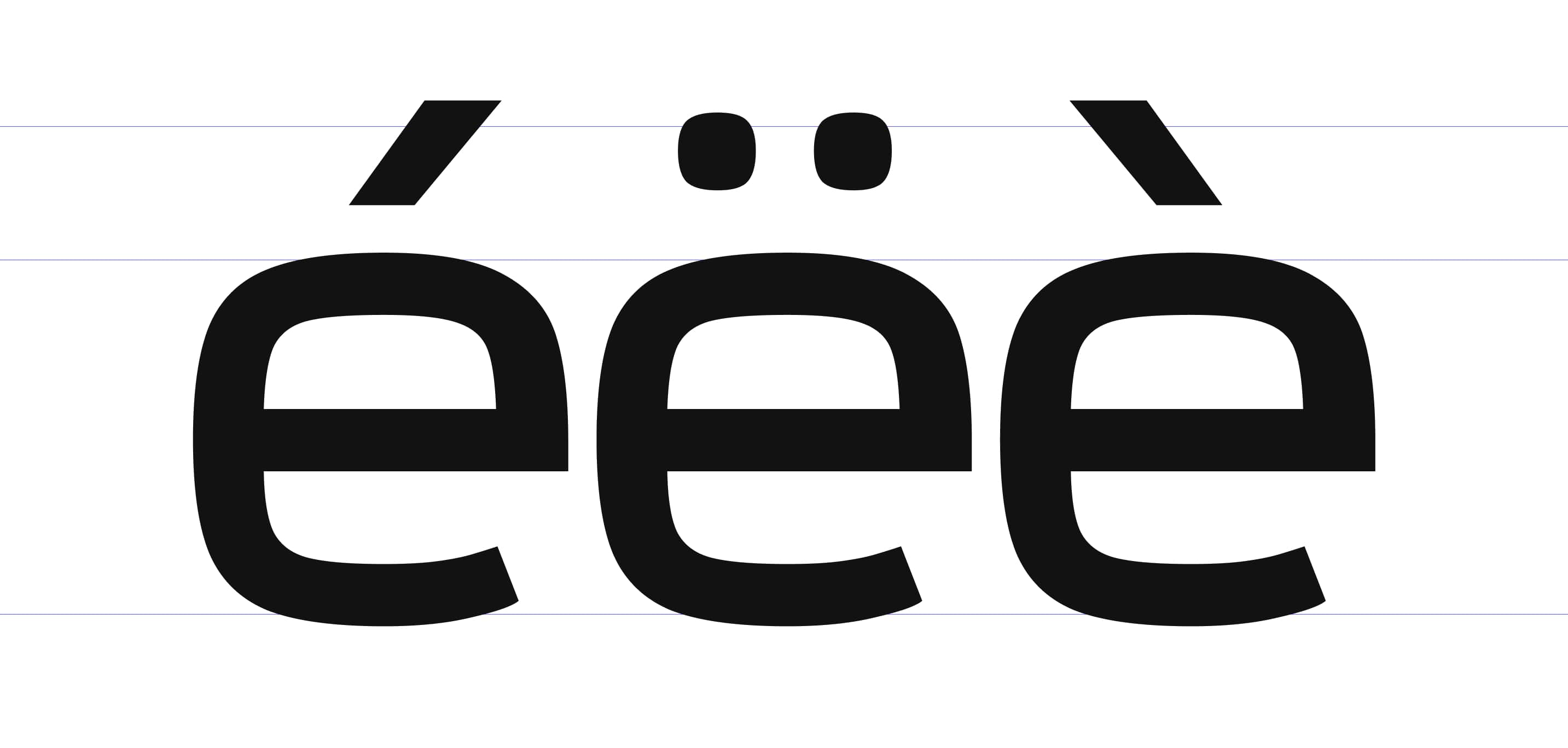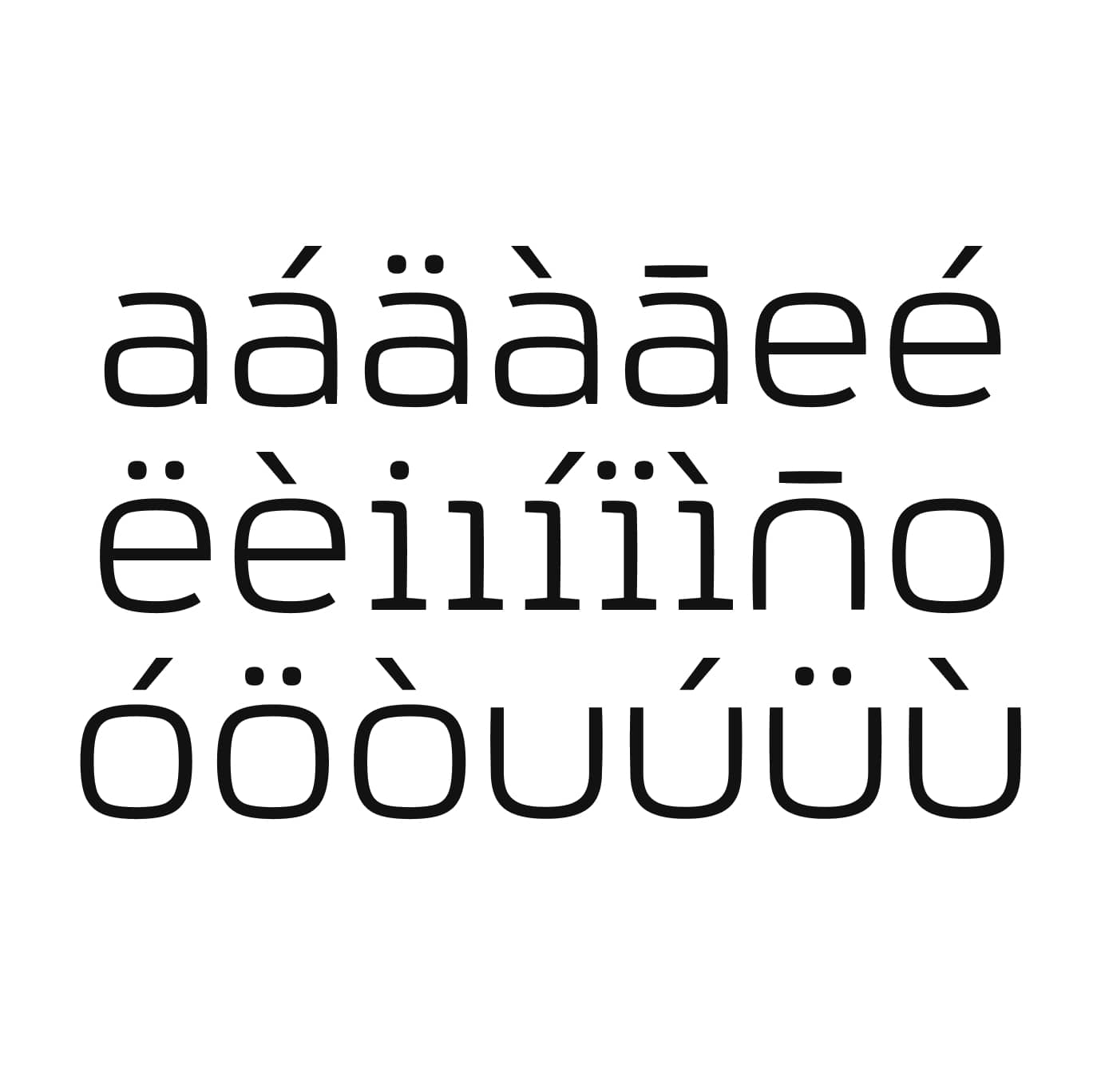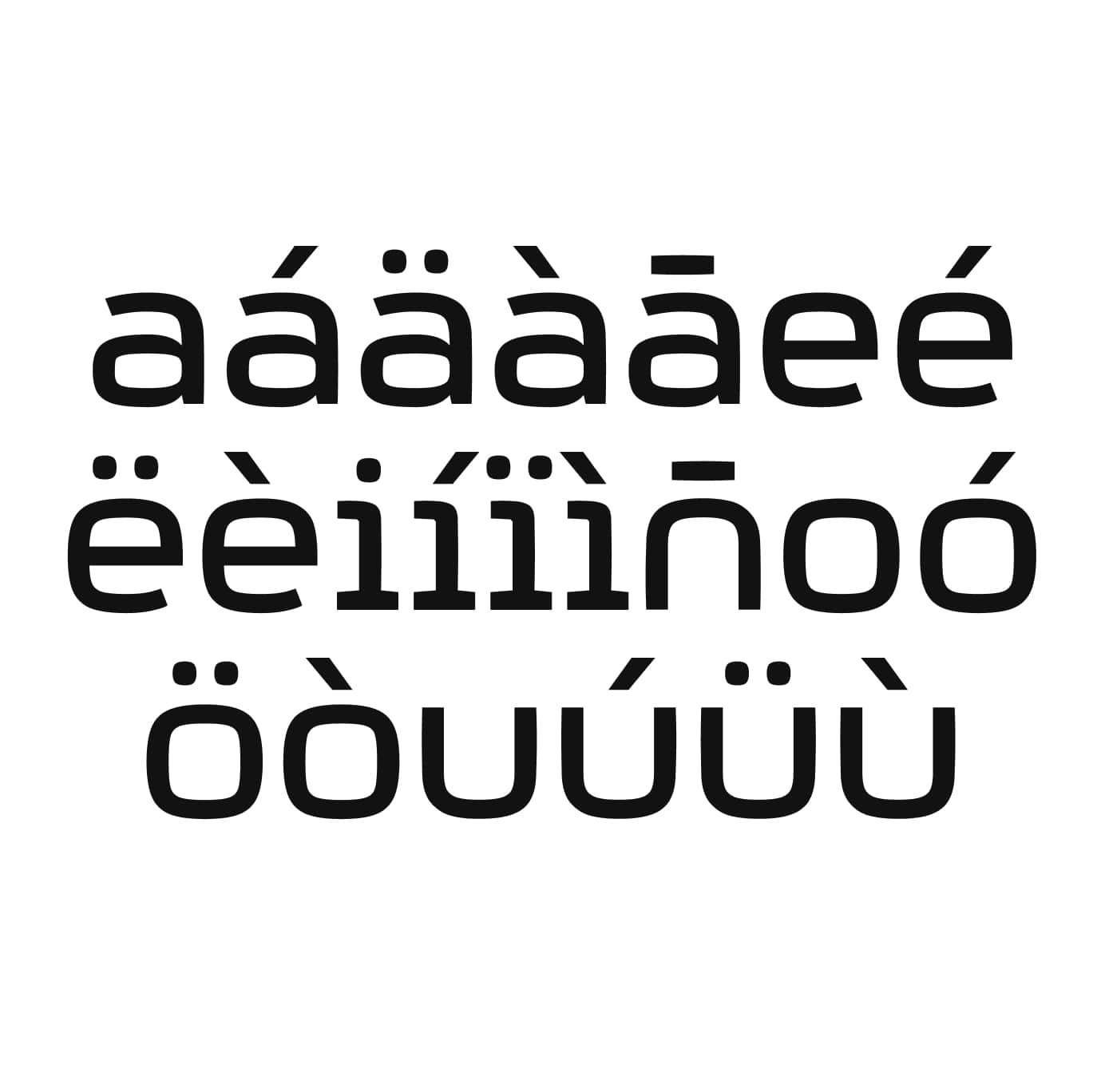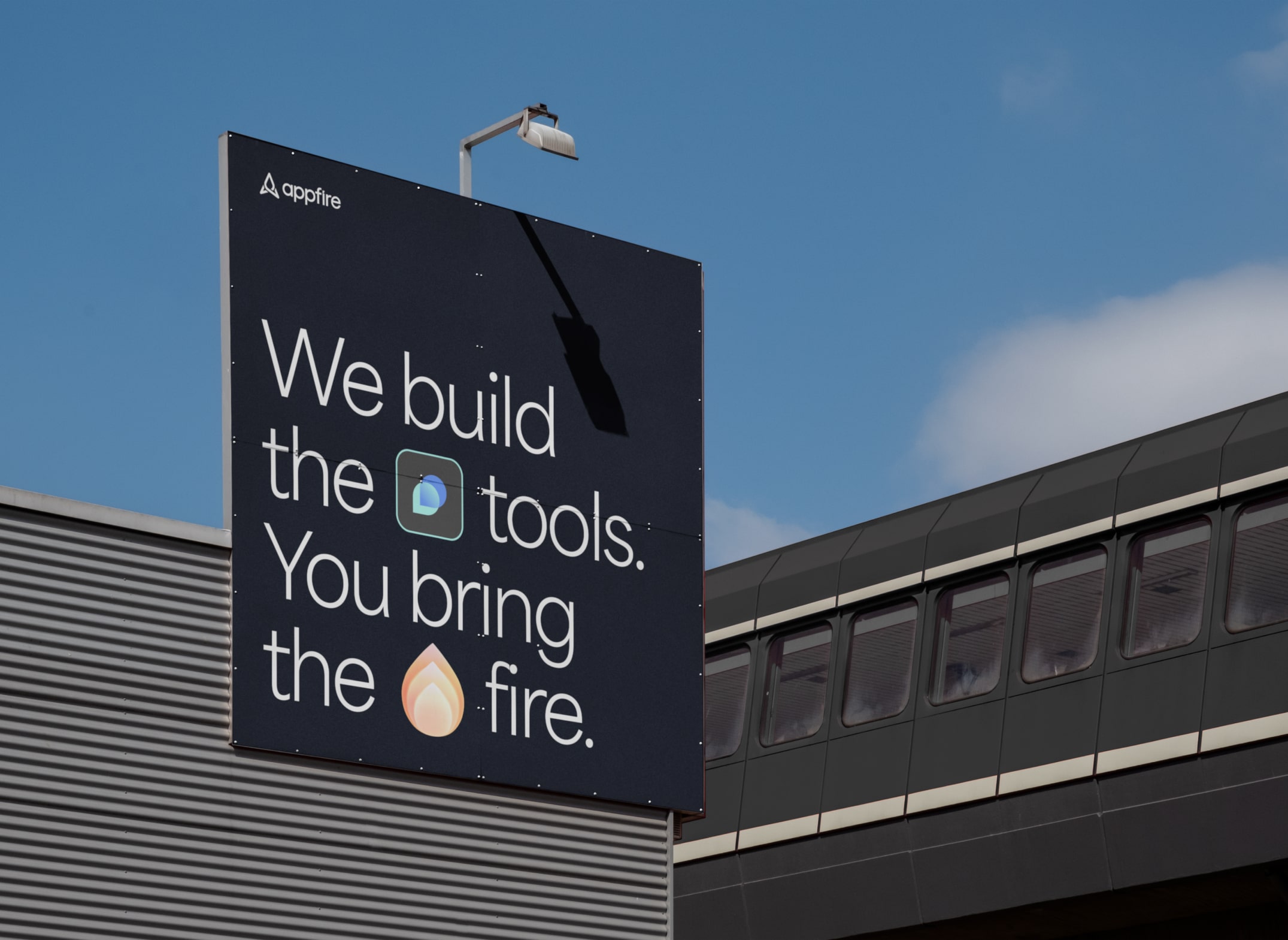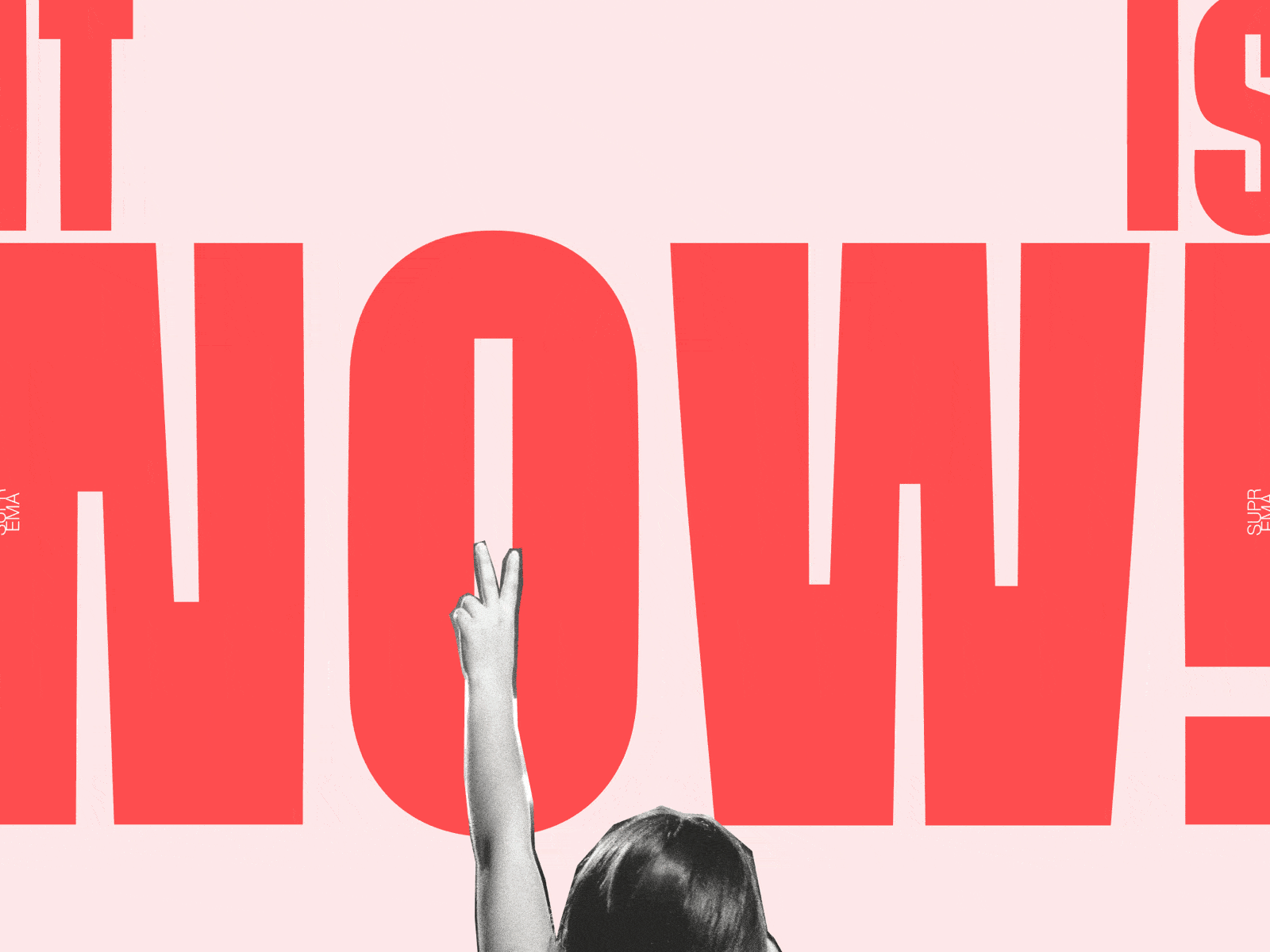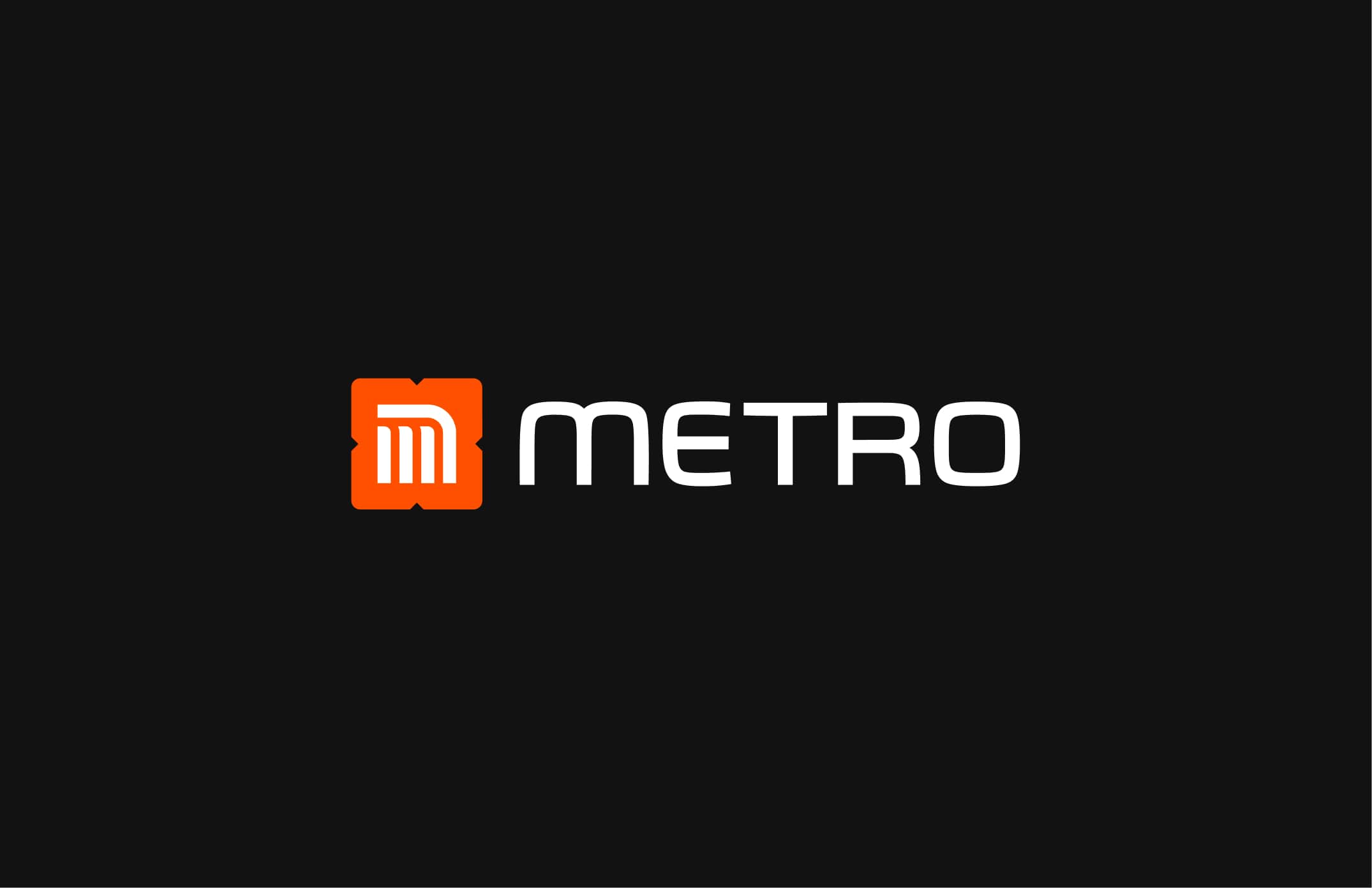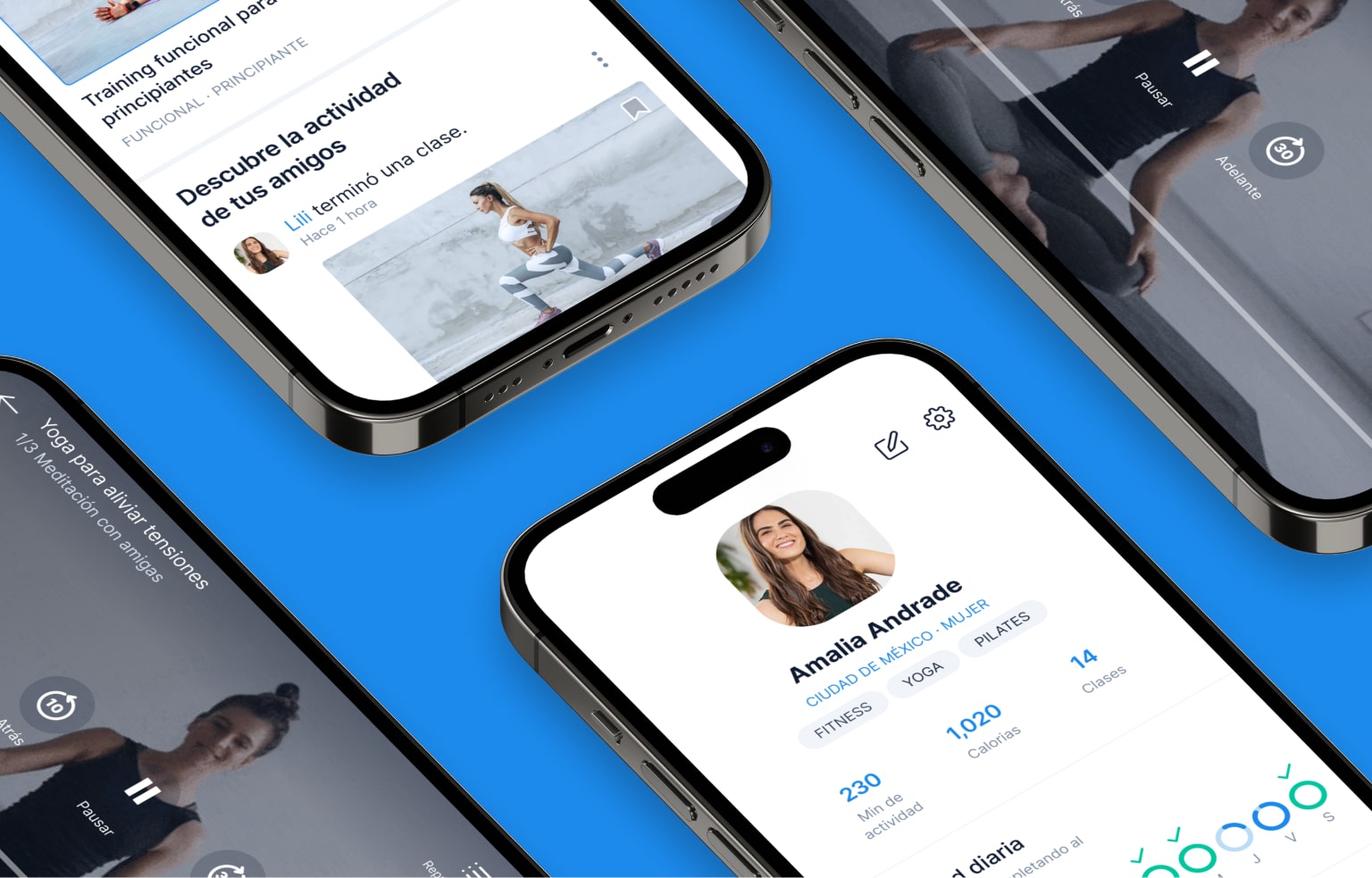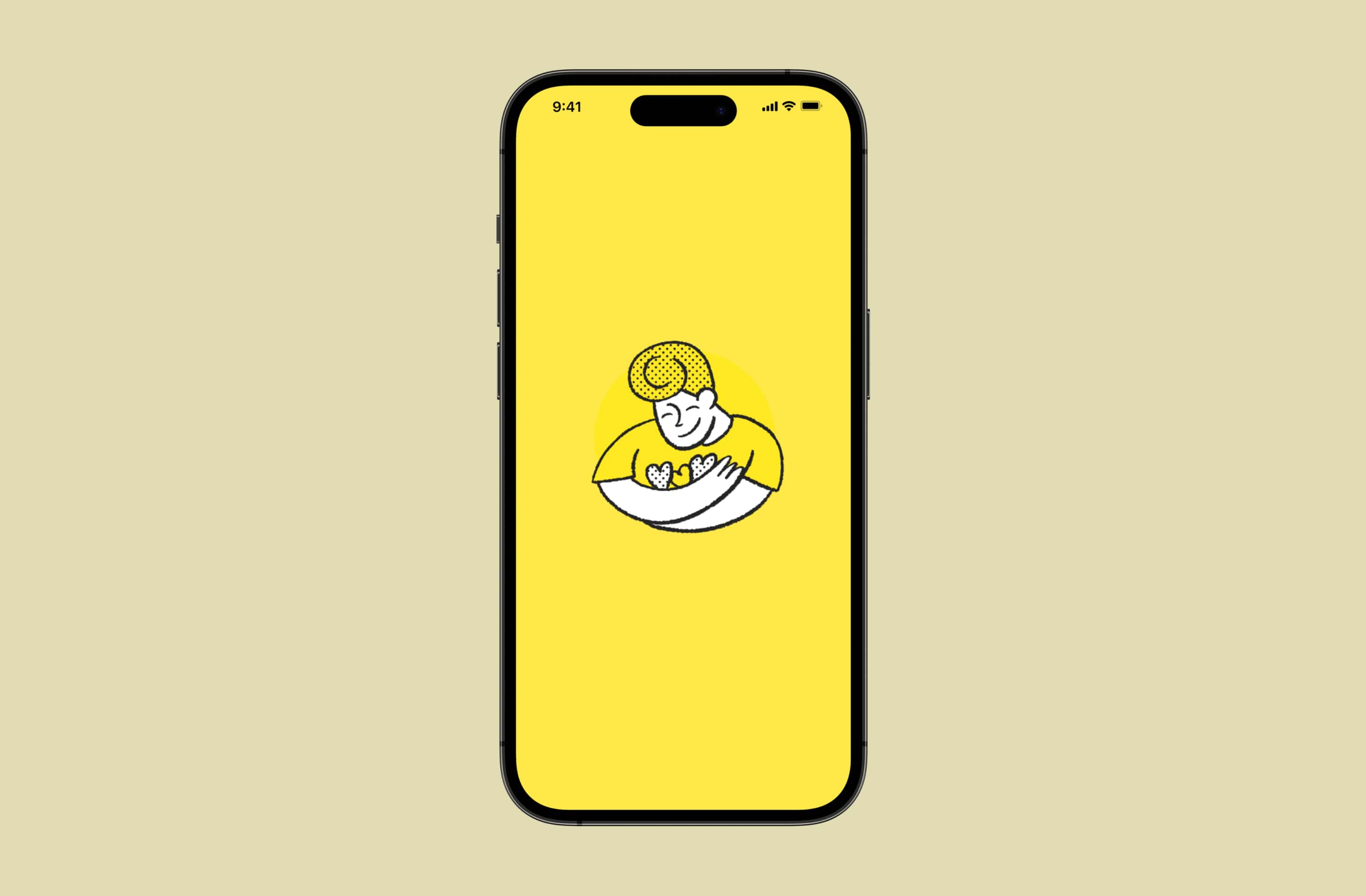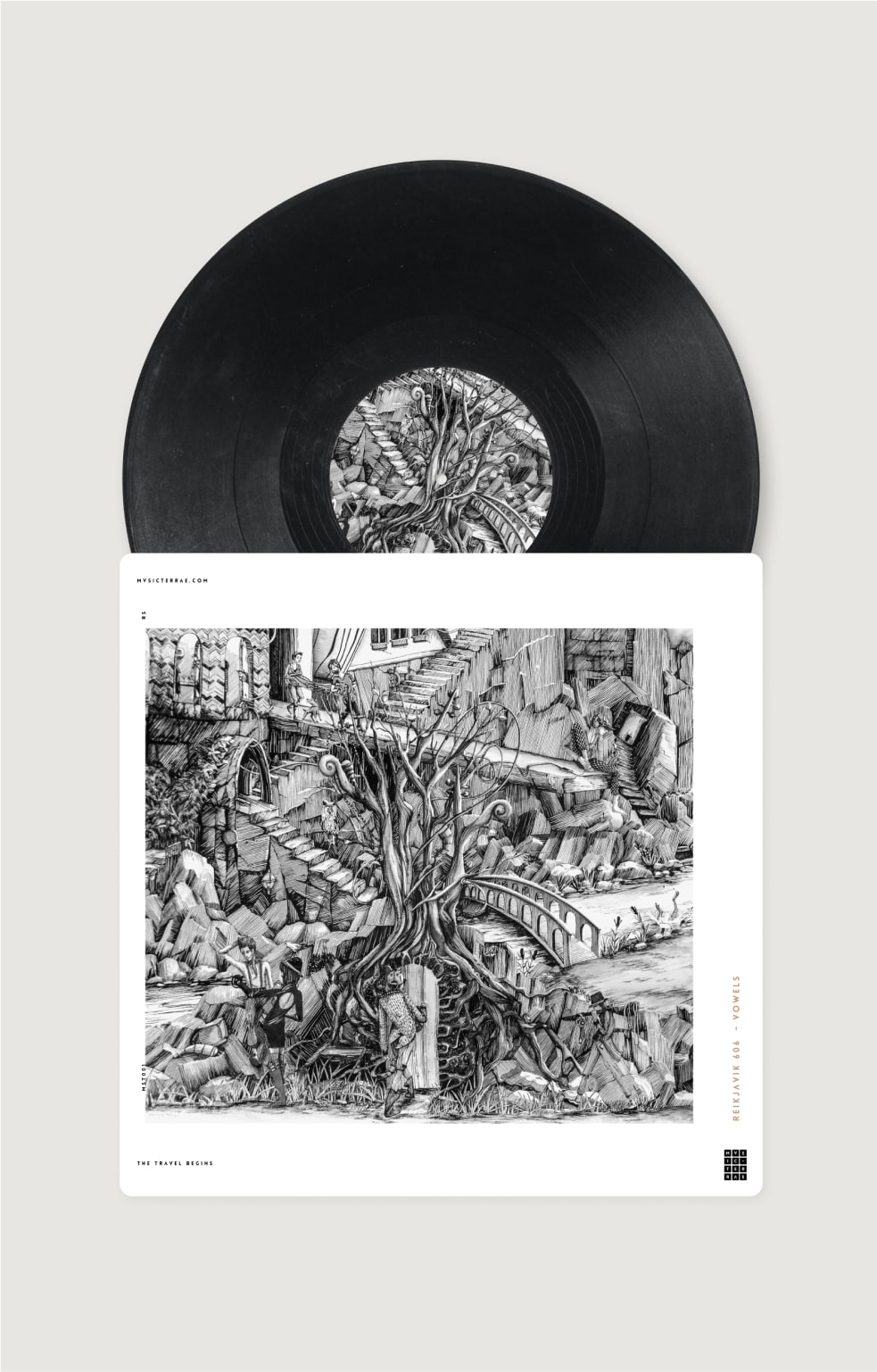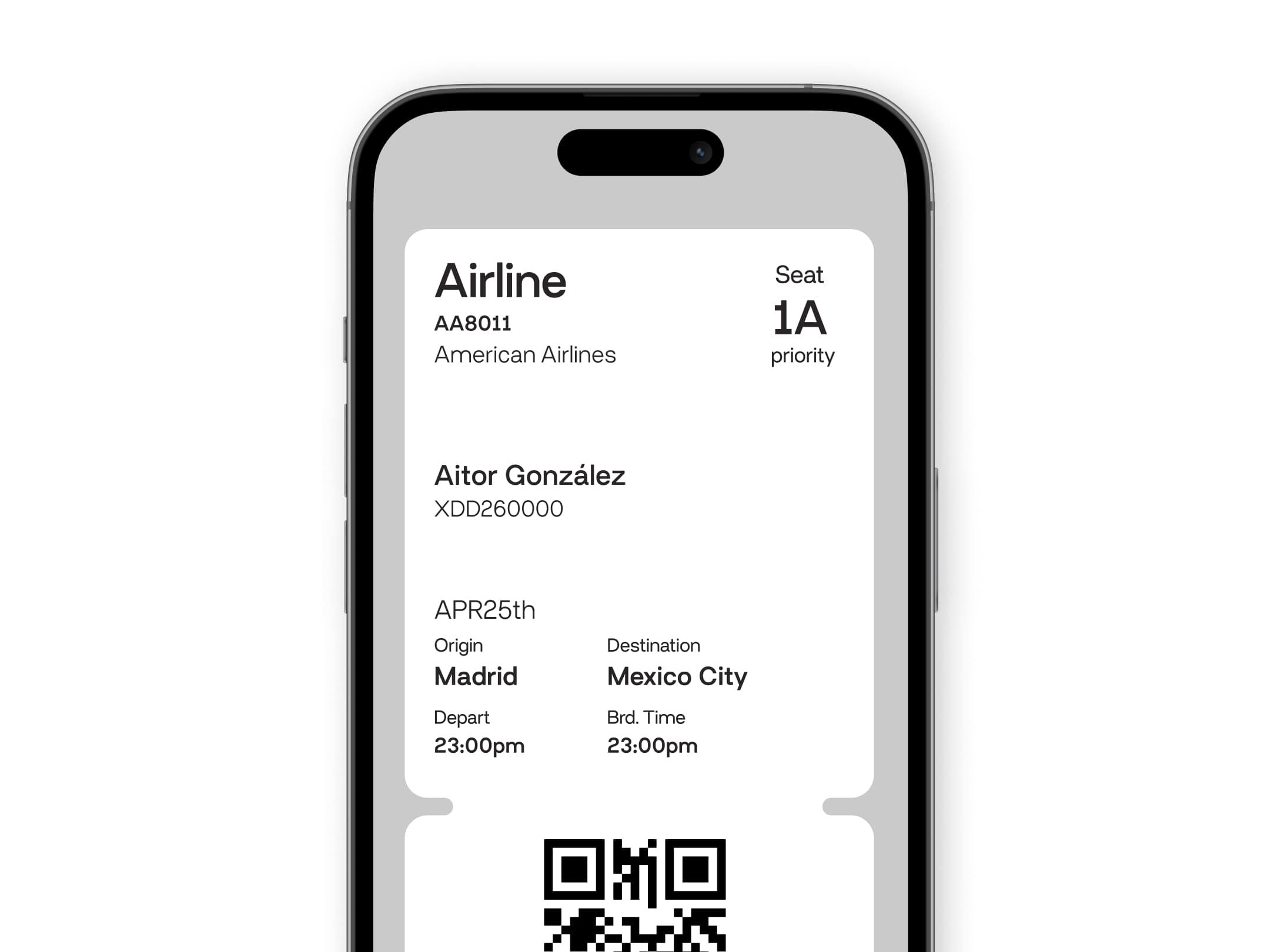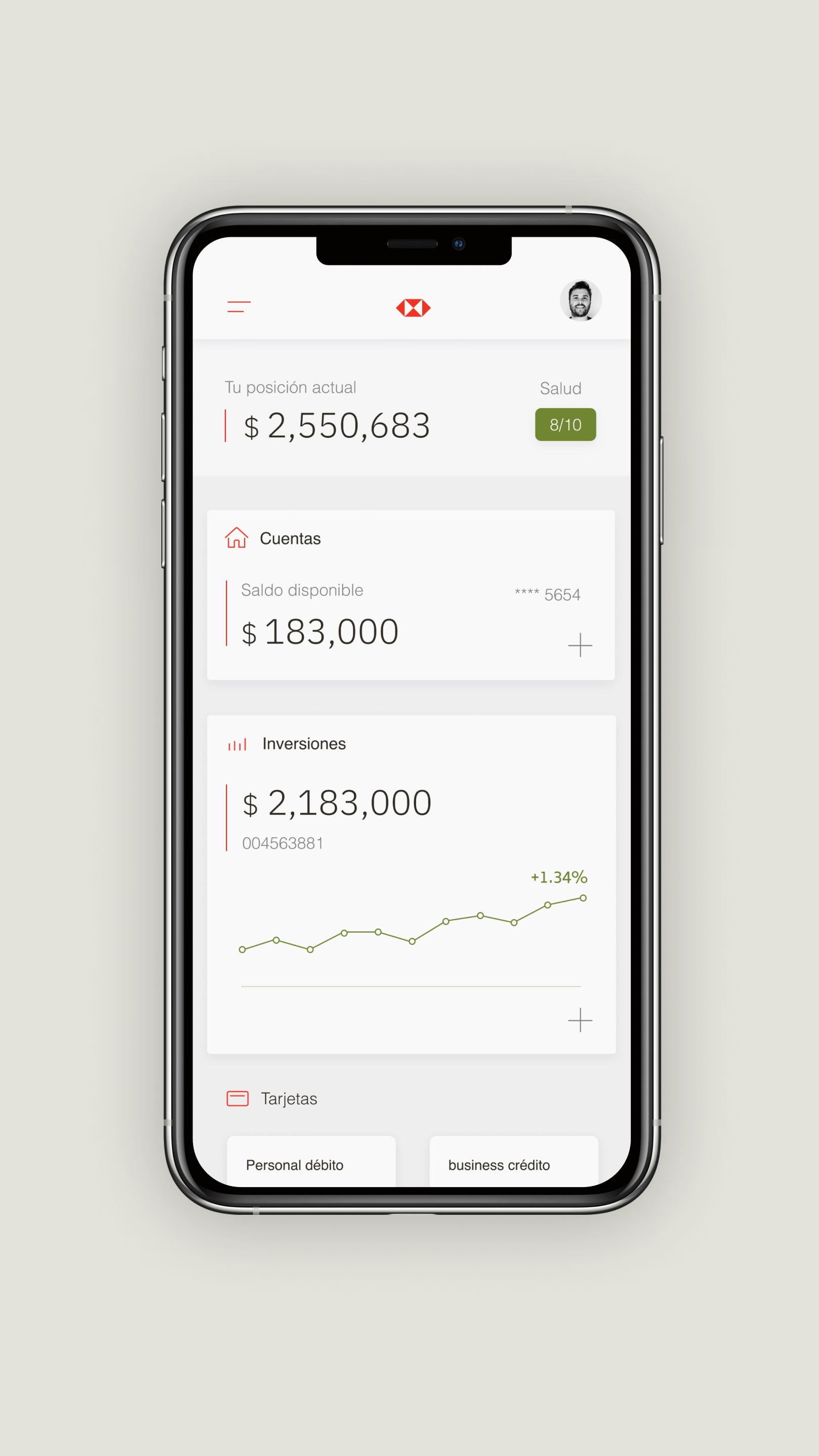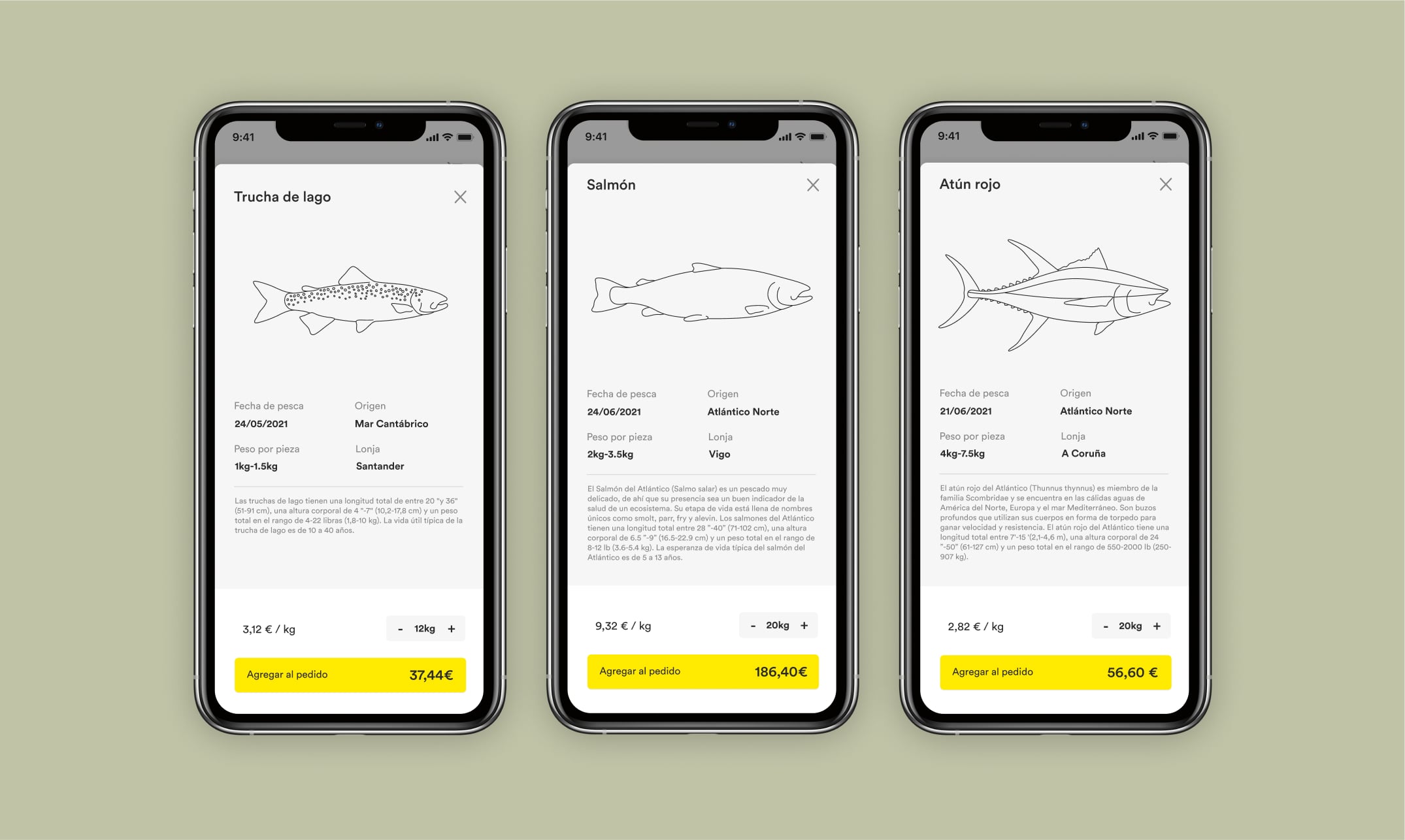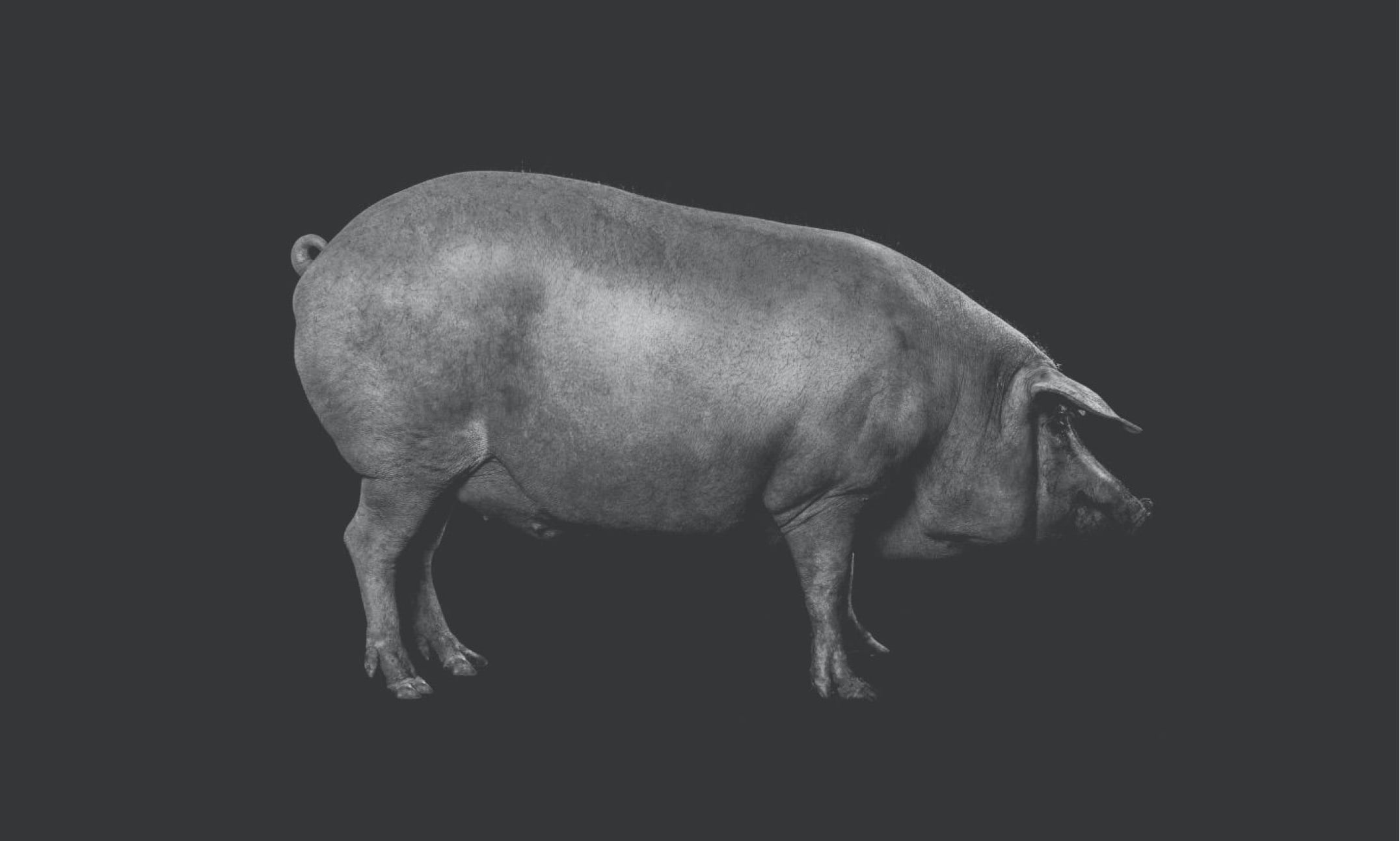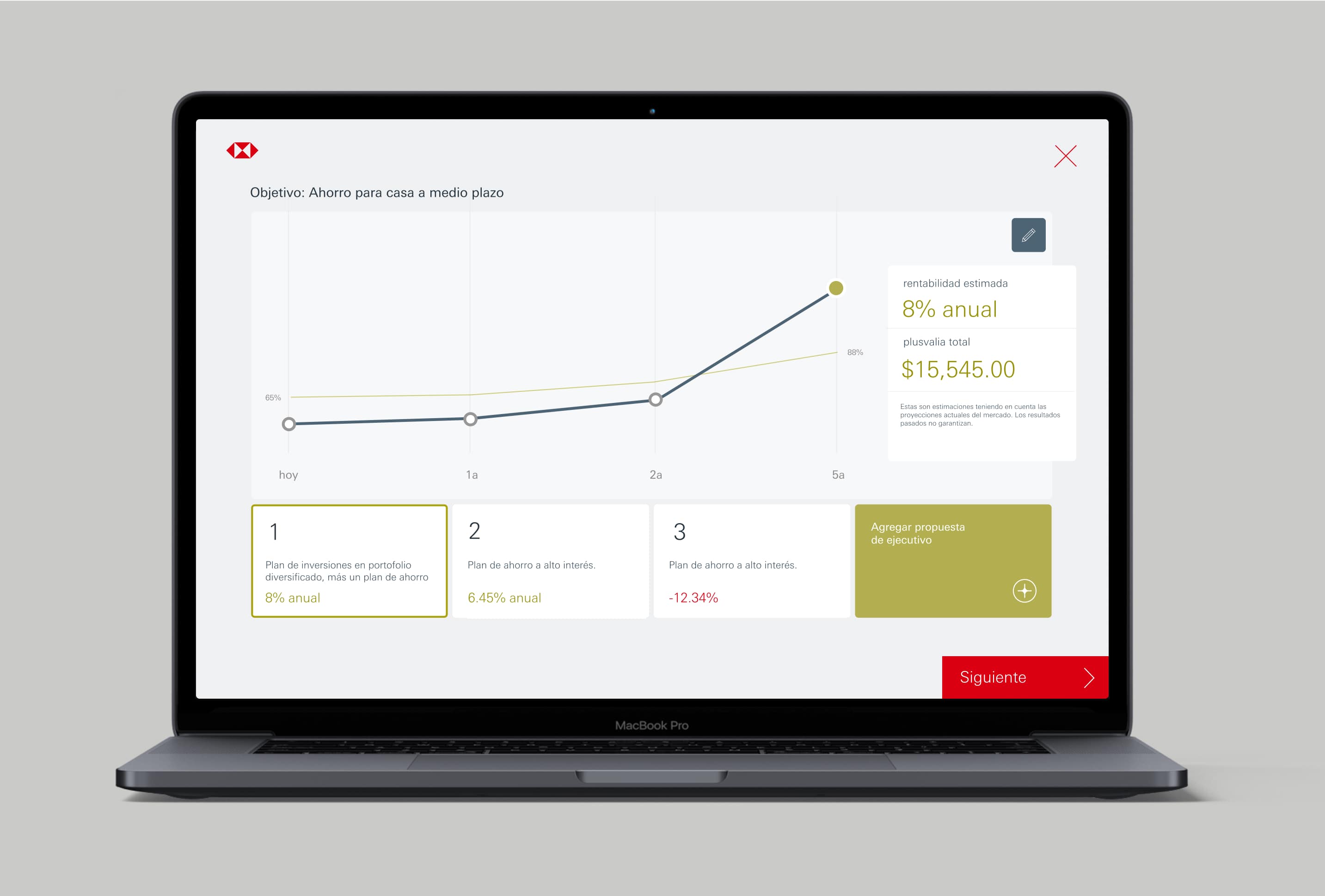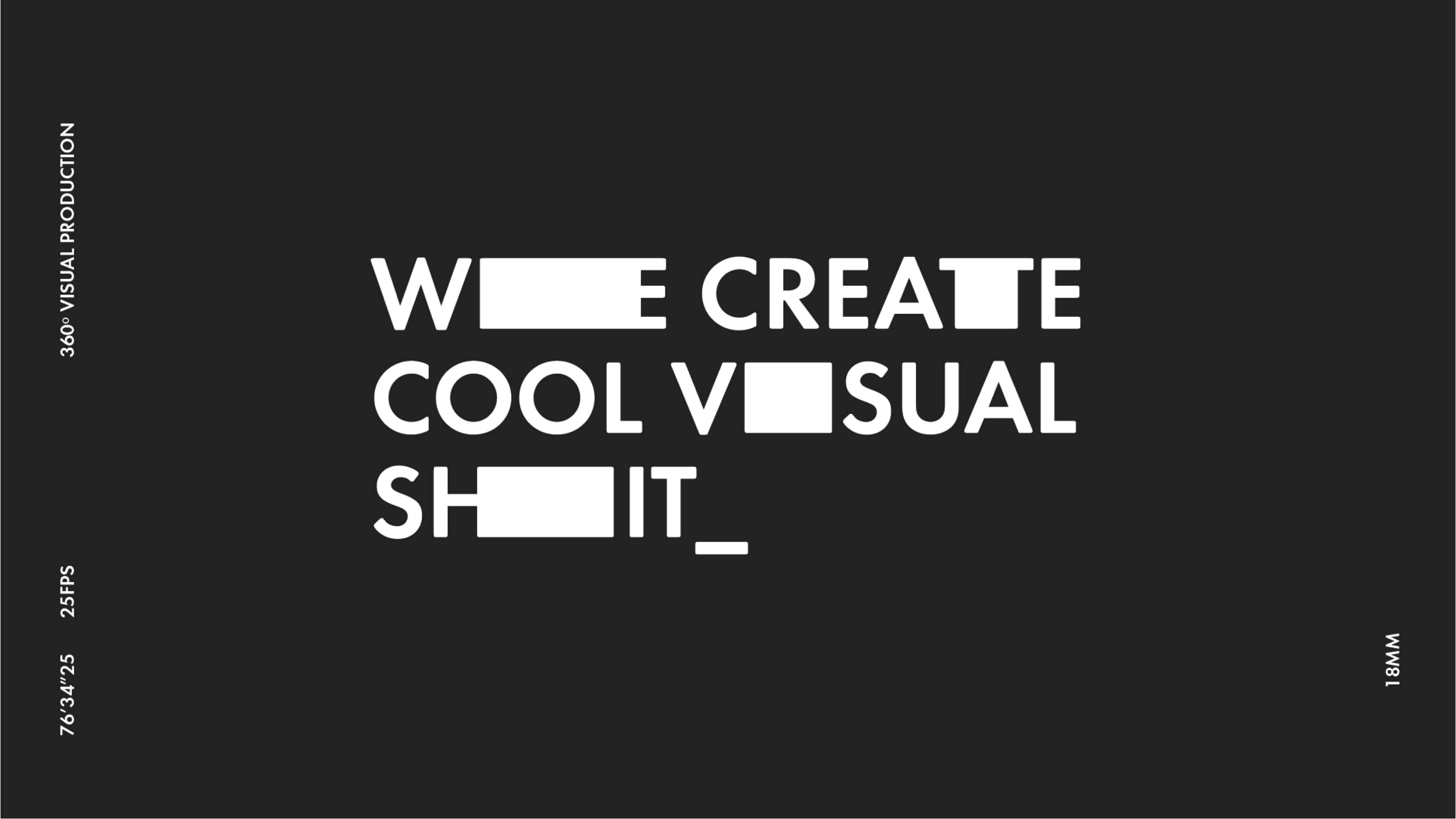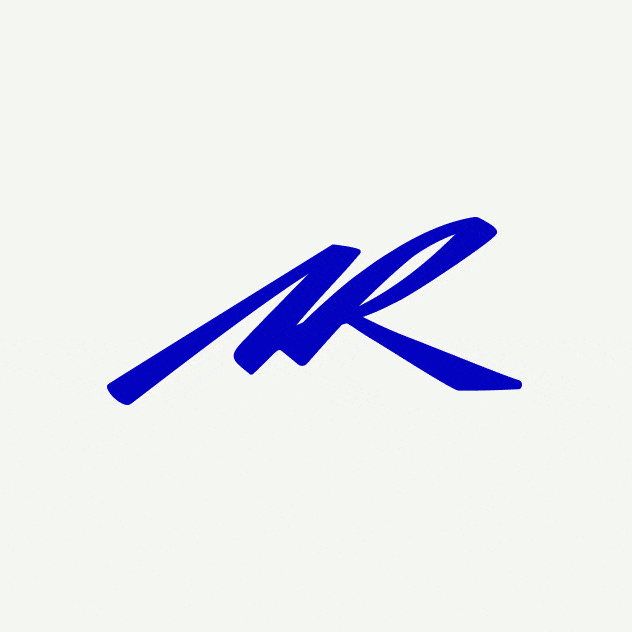A revival of a classic
The "Metro CDMX" typography was developed by Lance Wyman, Arturo Quiñónez, and Francisco Gallardo as part of the graphic and visual project of the Mexico City Metro in the 1970s. Wyman designed this typography by taking the geometric and linear shapes of the Metro logo, which initially represented three lines that recreated the silhouette of the cabin.
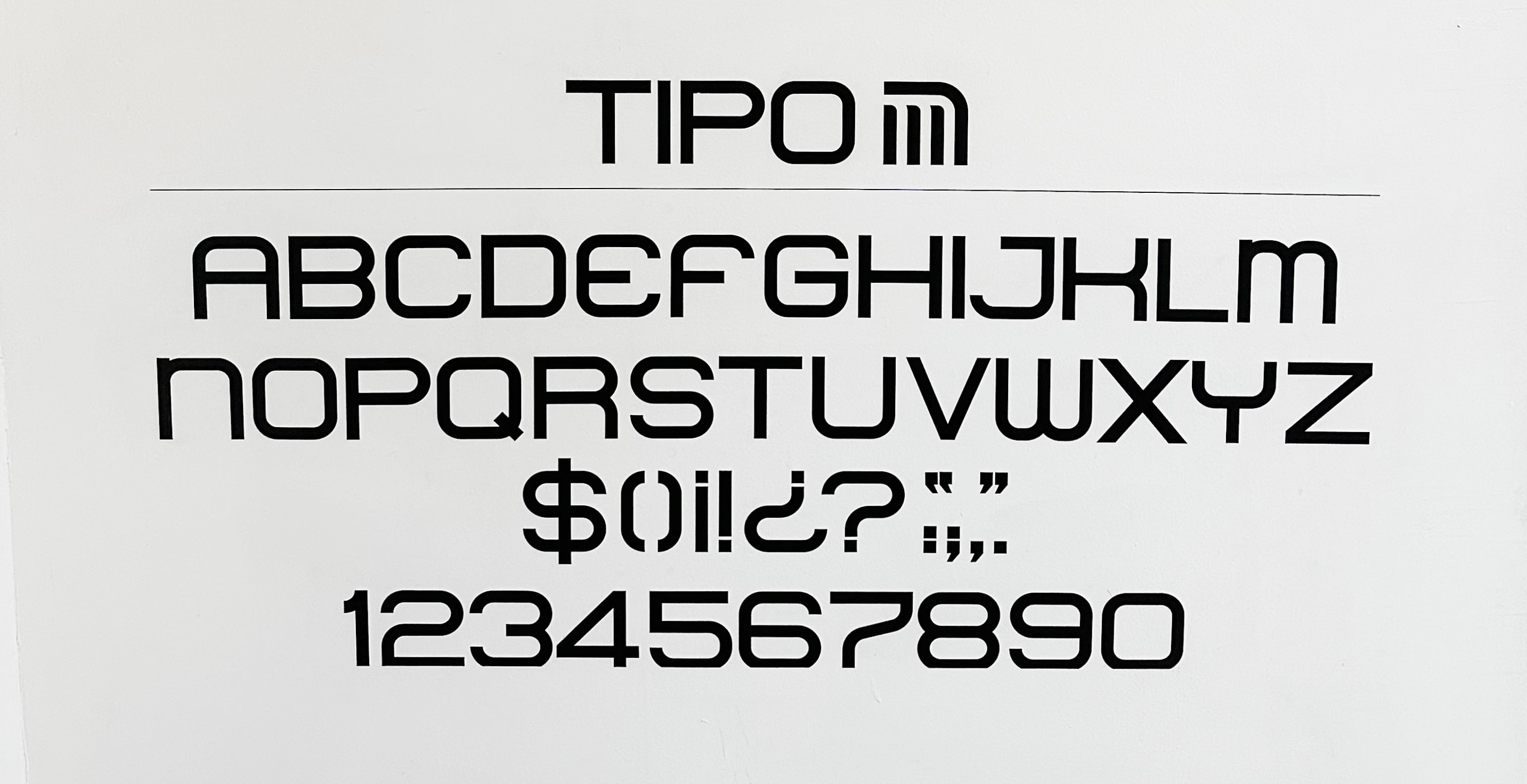


A humanistic approach
Despite the iconic personality of the original type. Some characters might find it difficult to read at a certain distance or in certain combinations of characters. Trying to avoid this I decided to provide a more humanistic approach, making the paths less geometric, and more natural, and trying to create a bigger aperture to improve readability. In general, given its wayfinding natural use, I was focused on creating a type easy to read over long distances where the original type sometimes struggled in specific contexts.


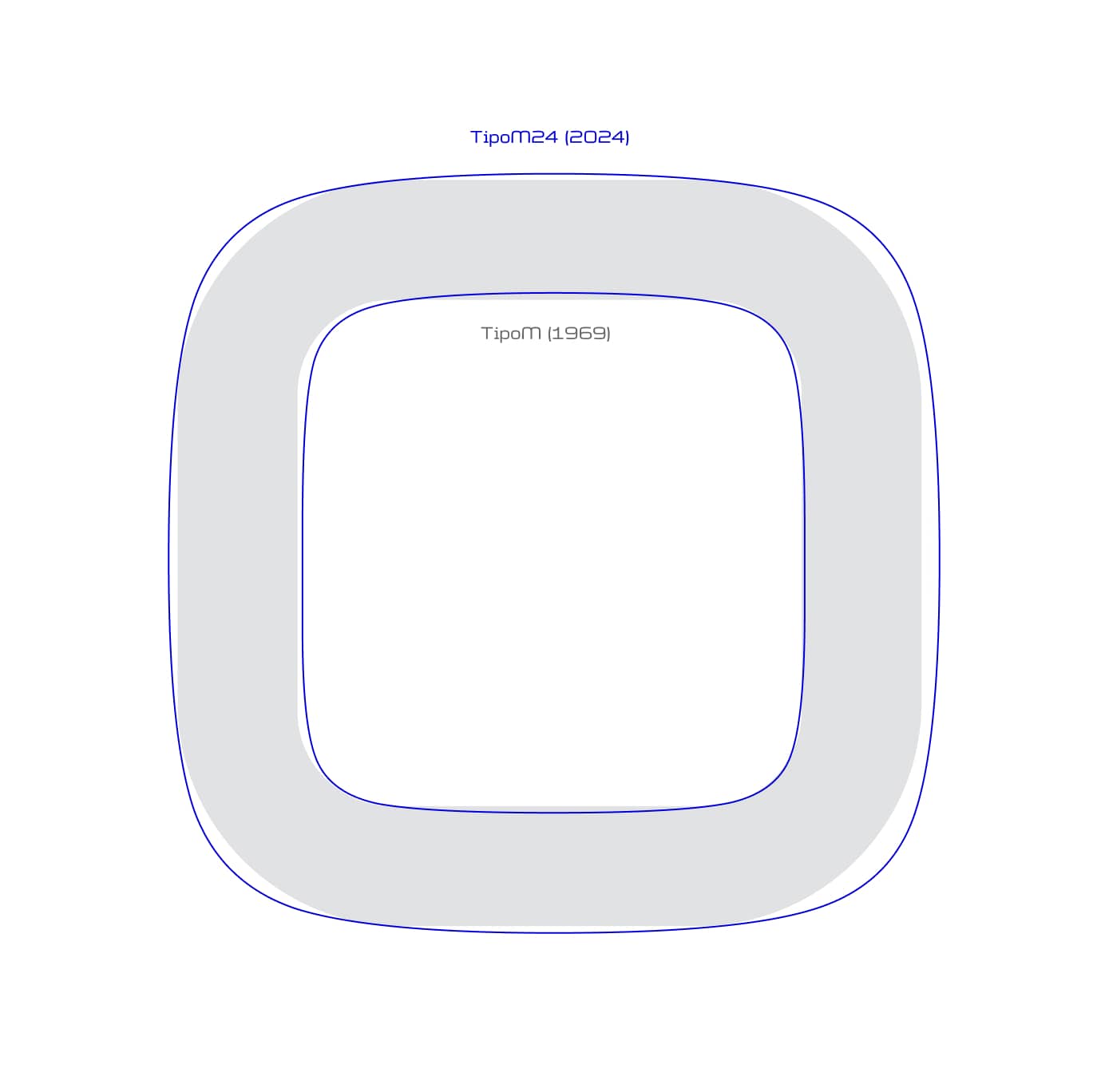
Finally a proper lowercase, and new weights
Although the original type was designed without lowercase characters, some of them were created later. The original Metro type worked as a display typography but it was almost impossible to use it as a long text type which forced the City Transport Authority to add secondary typefaces that seem not to be formally connected with the original. To solve these issues, this new proposal expands its set with new lowercase characters and adds 7 new weights. In combination, they can work as a display font in caps and help designers create more consistent communication.
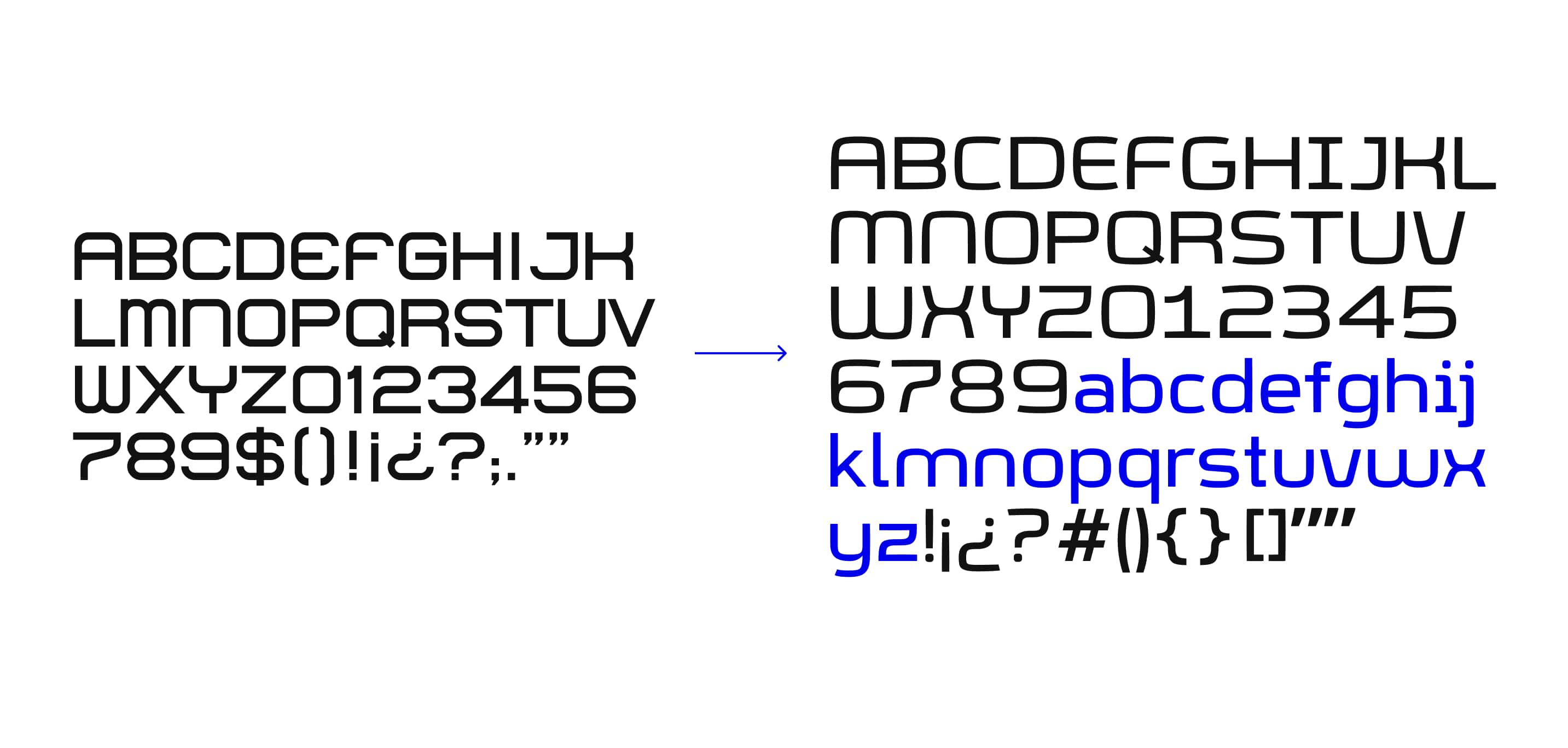
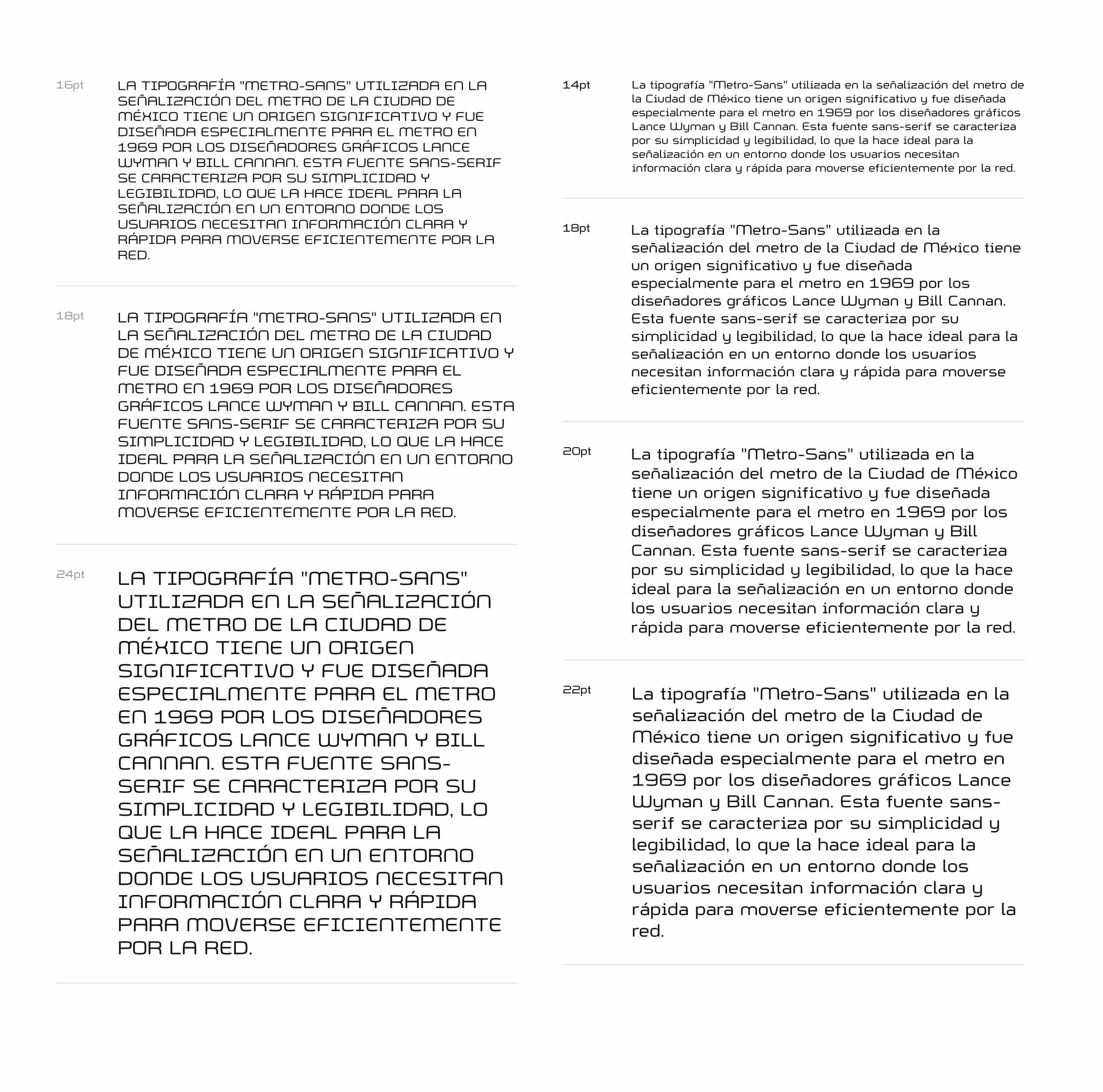
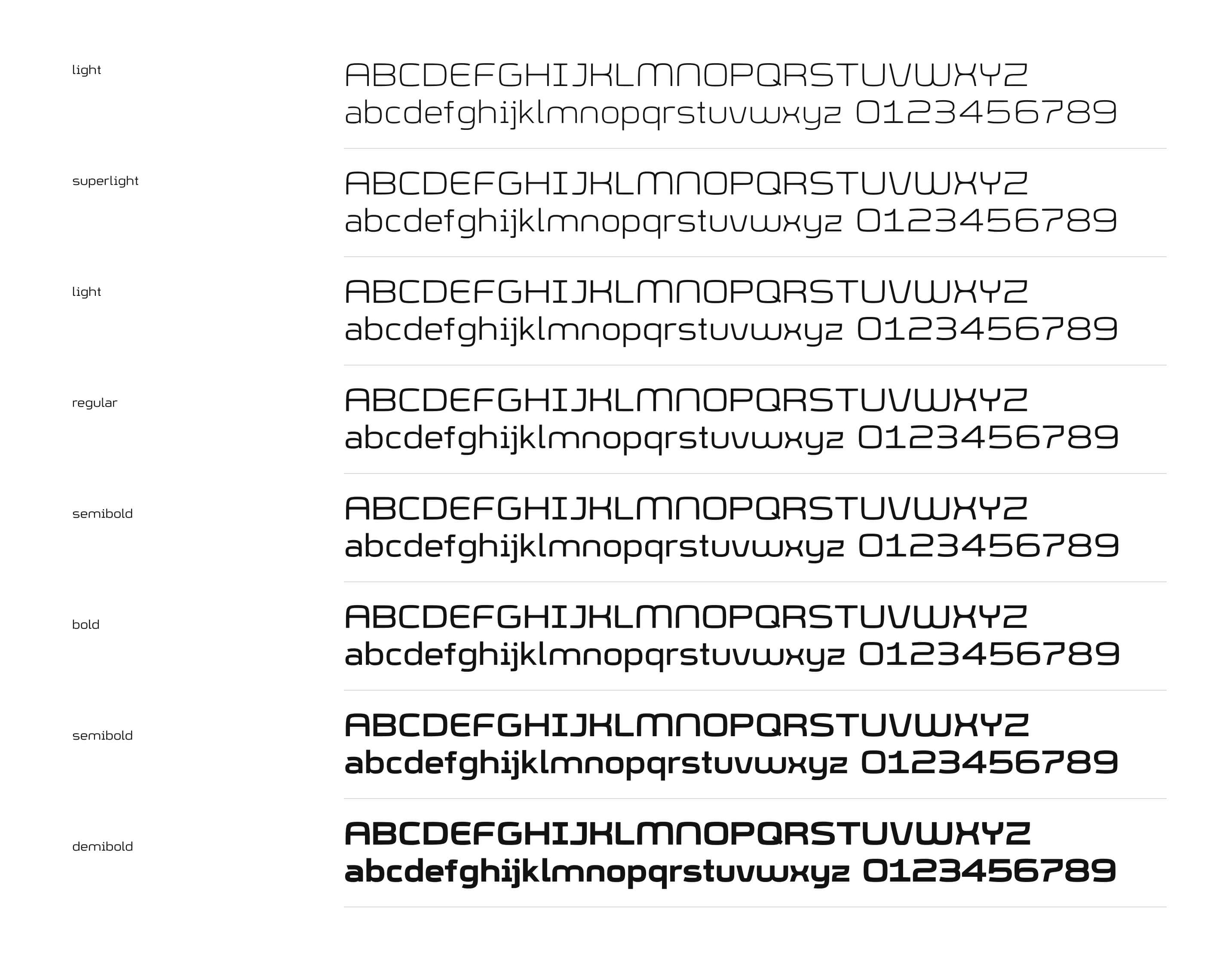
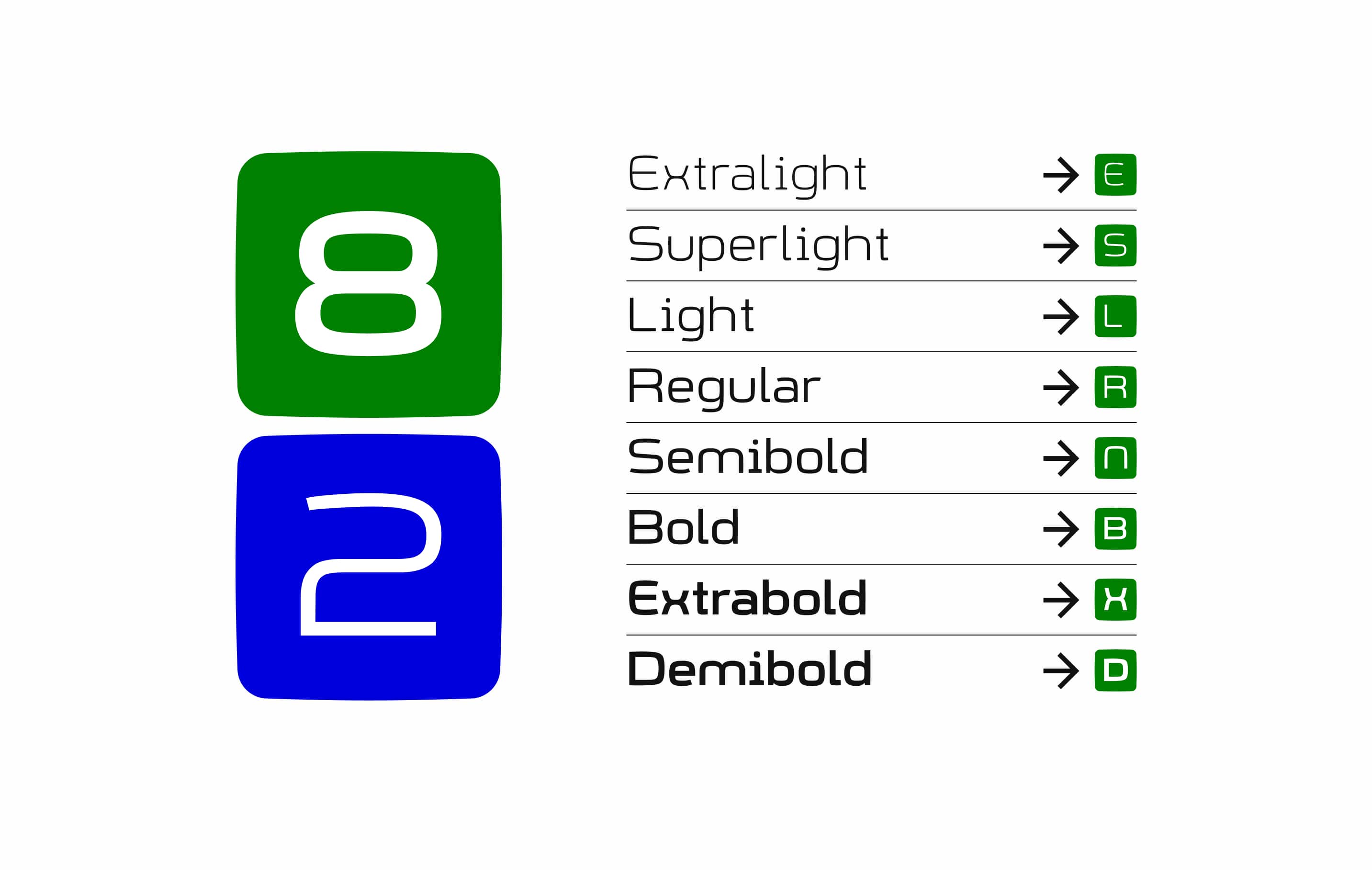
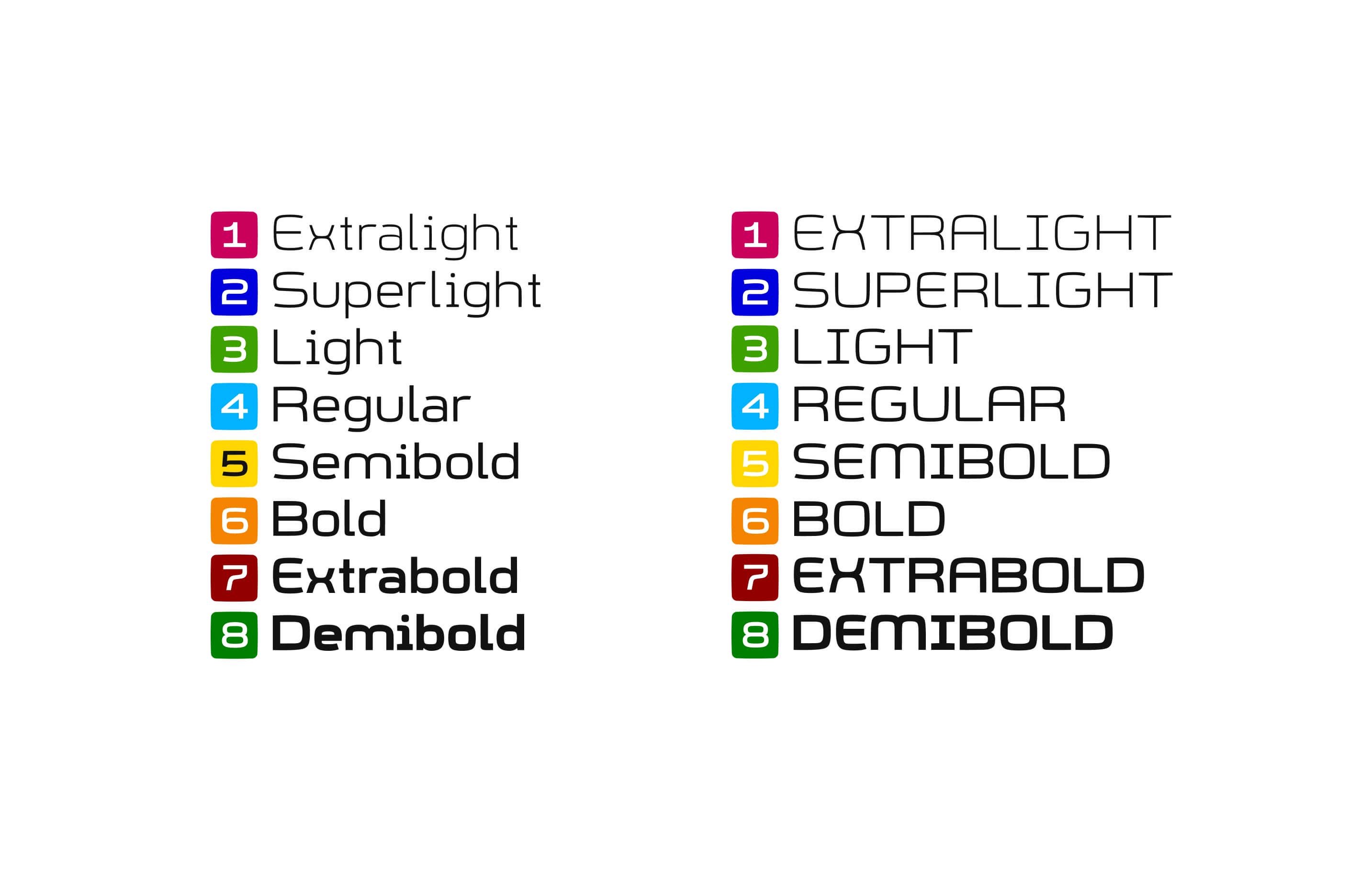
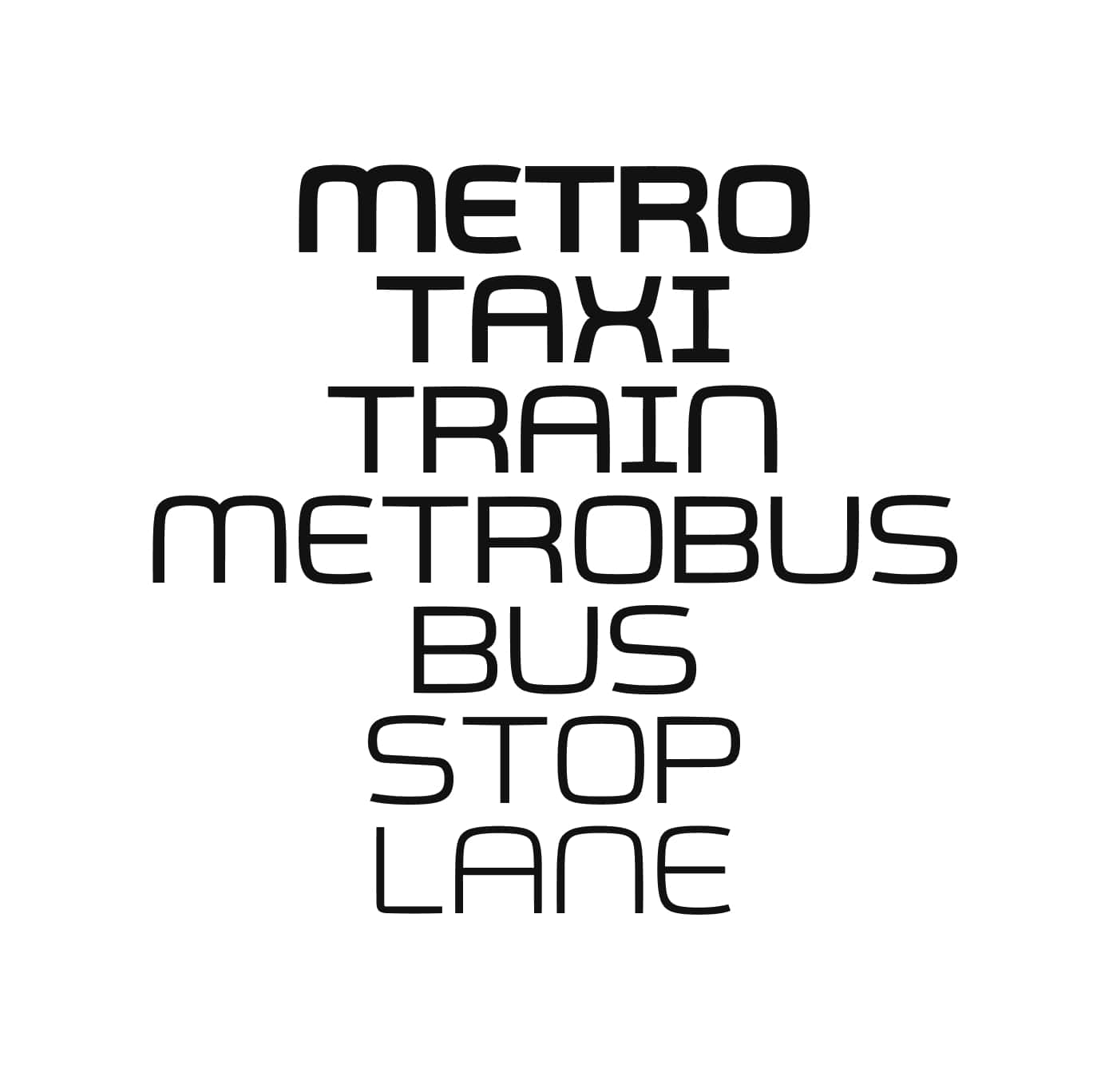

Expanding diacritics and special characters
Originally Metro was created without most of the current diacritics and special characters that we use today. Some characters like currencies or the symbol @ were never part of the original proposal. After decades of use and the apparition of new contexts, like the use of screens, and mobile phones, it was necessary to consider adding these new possibilities to the family conserving its consistency.
